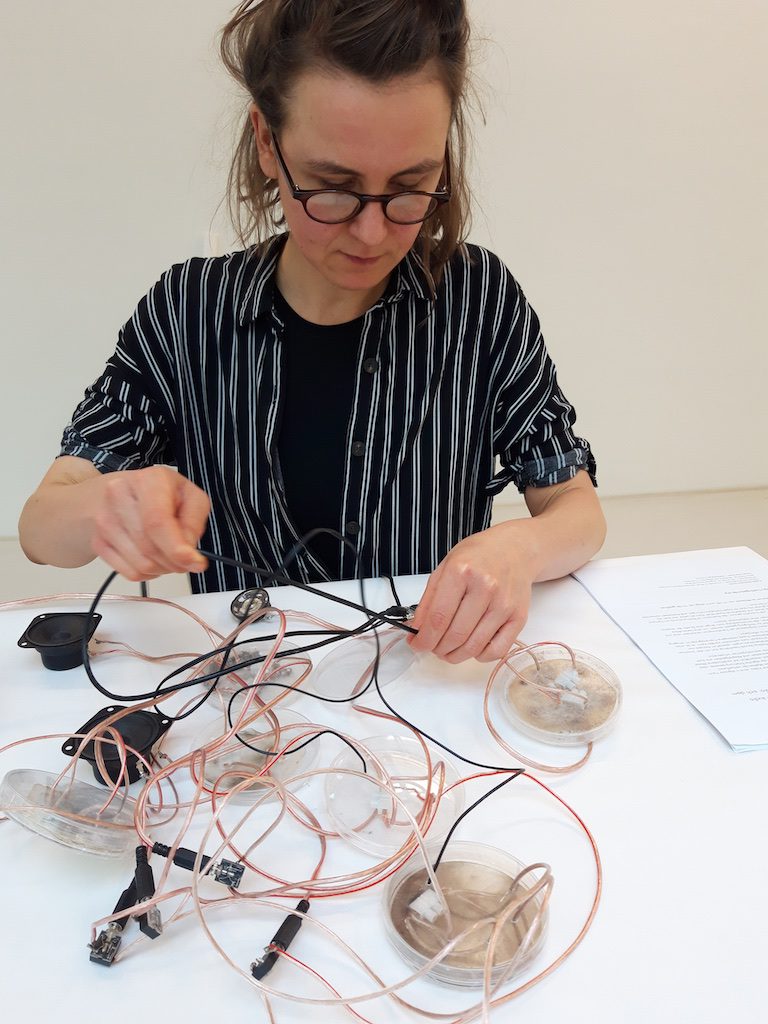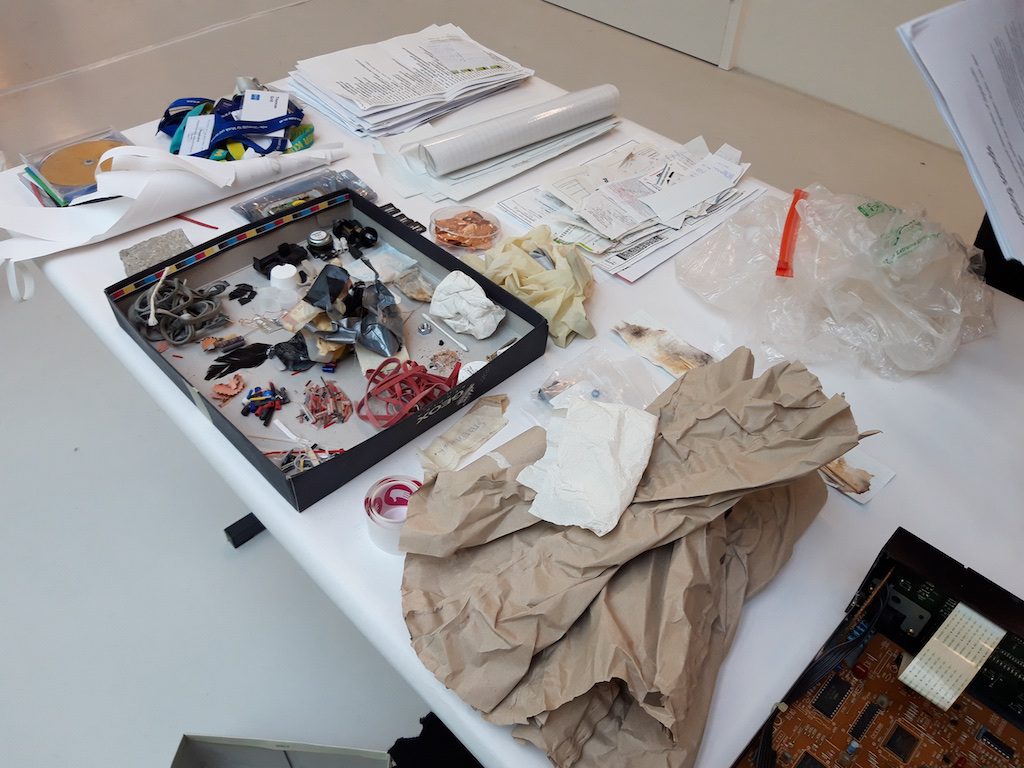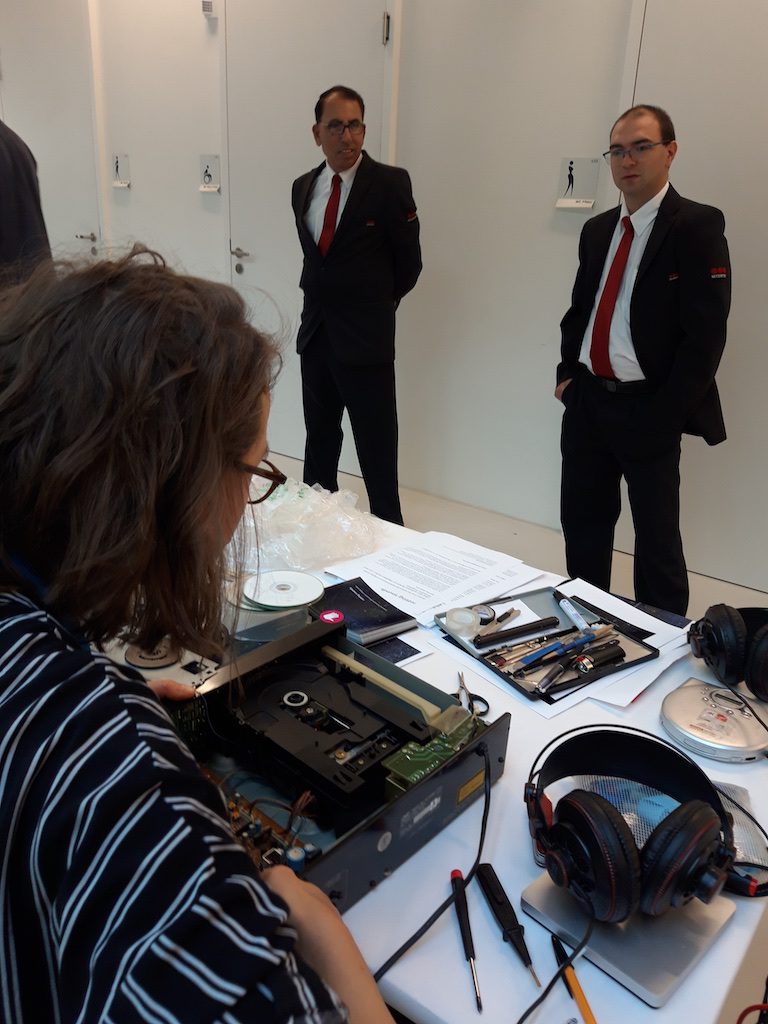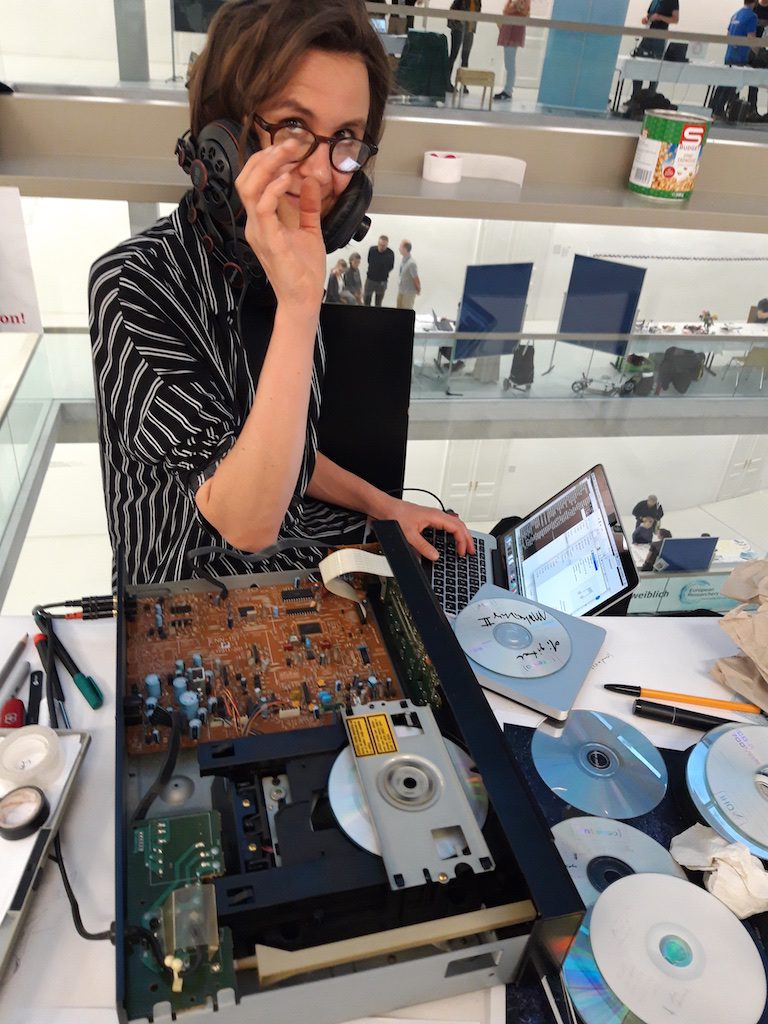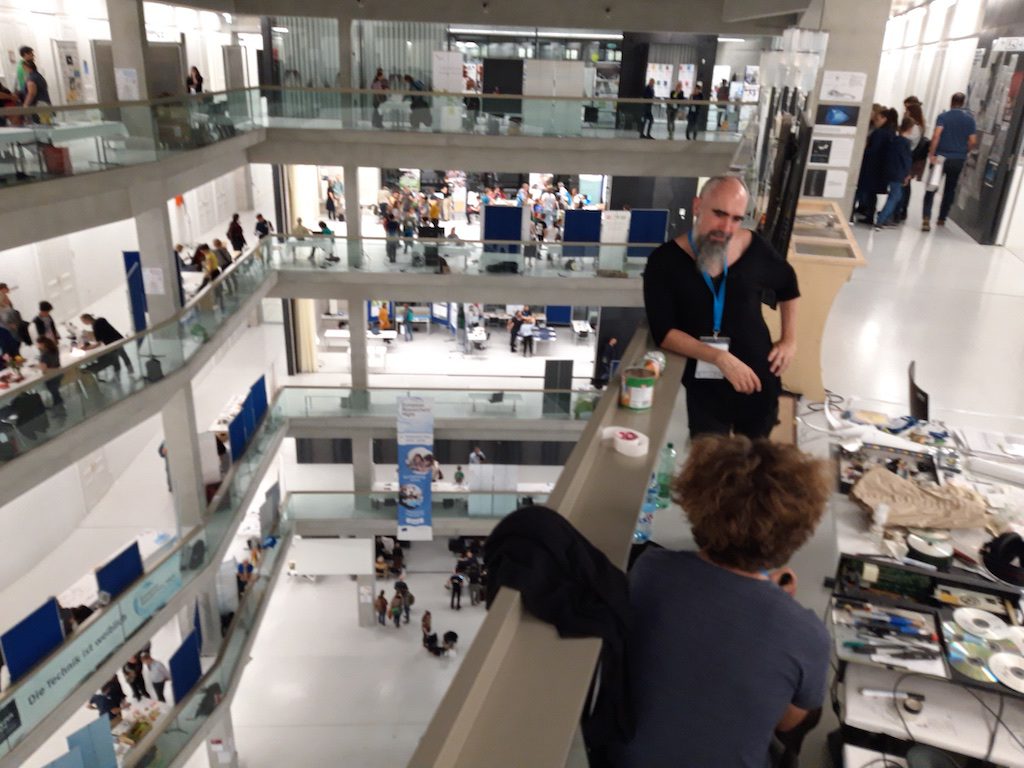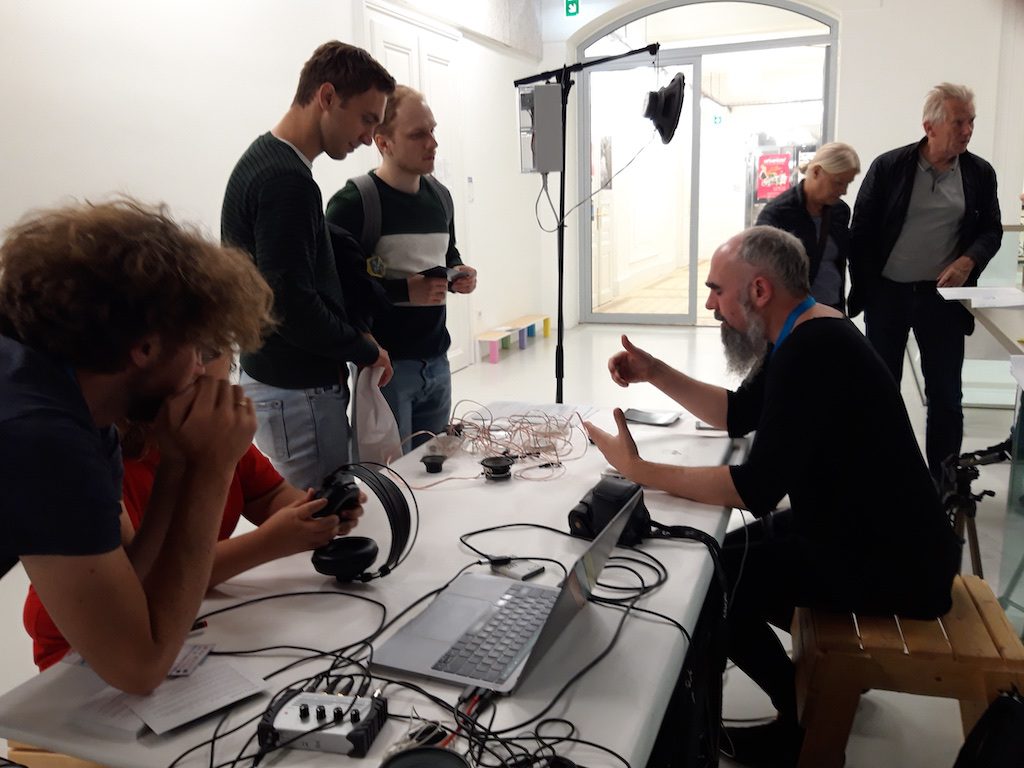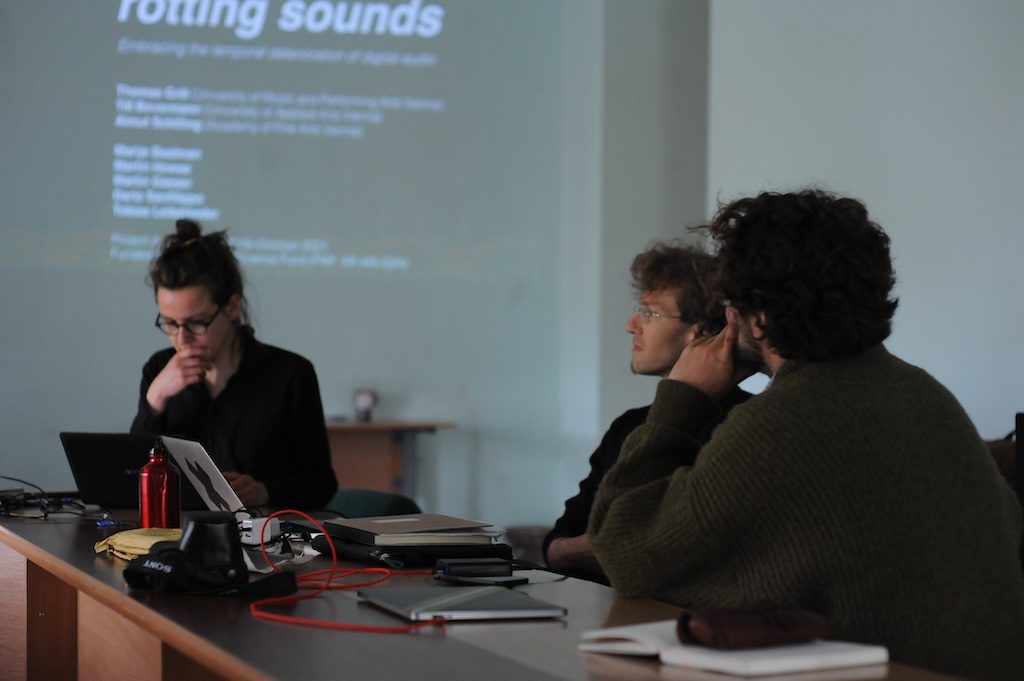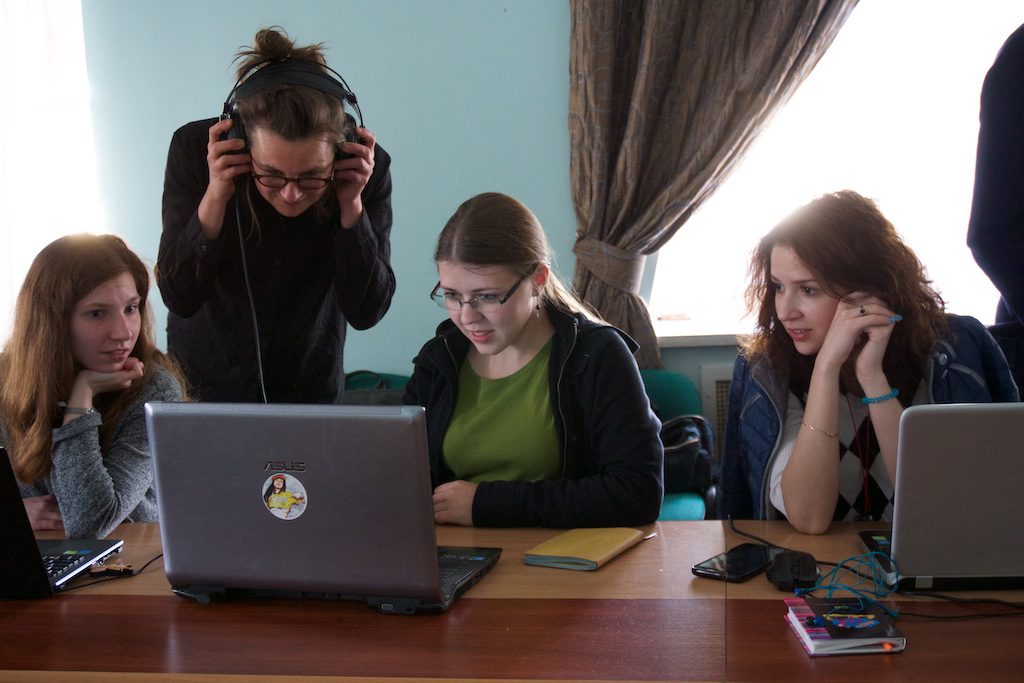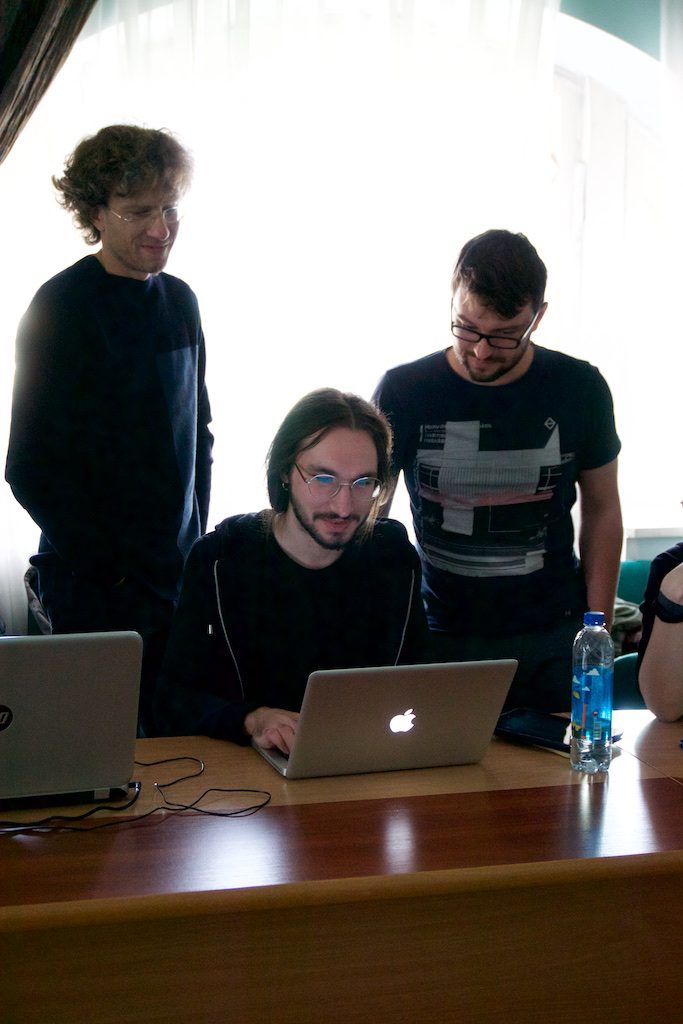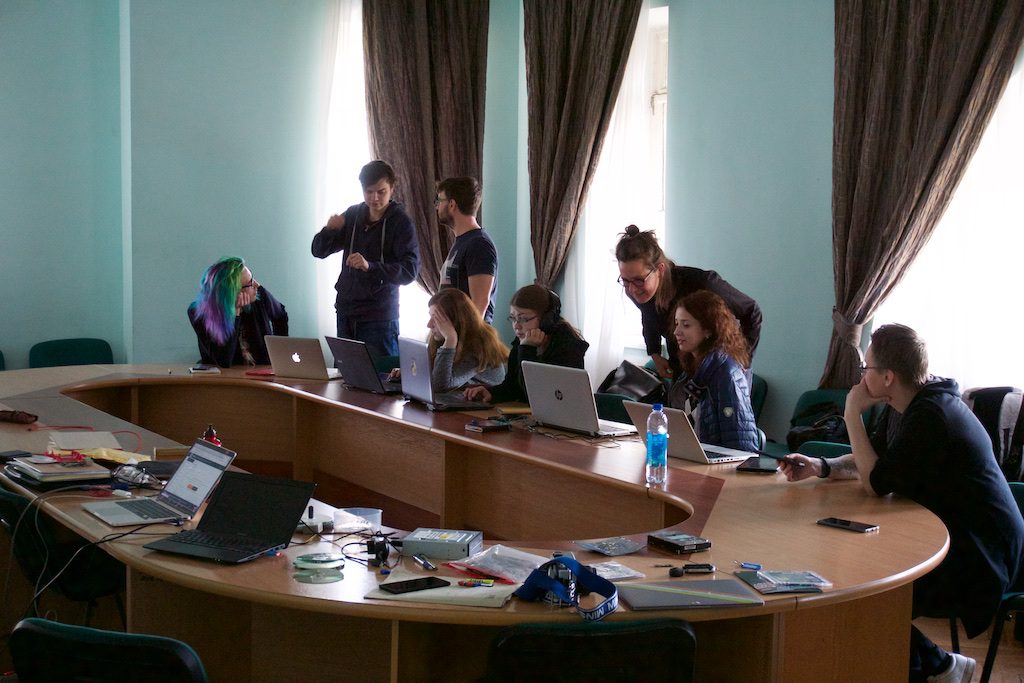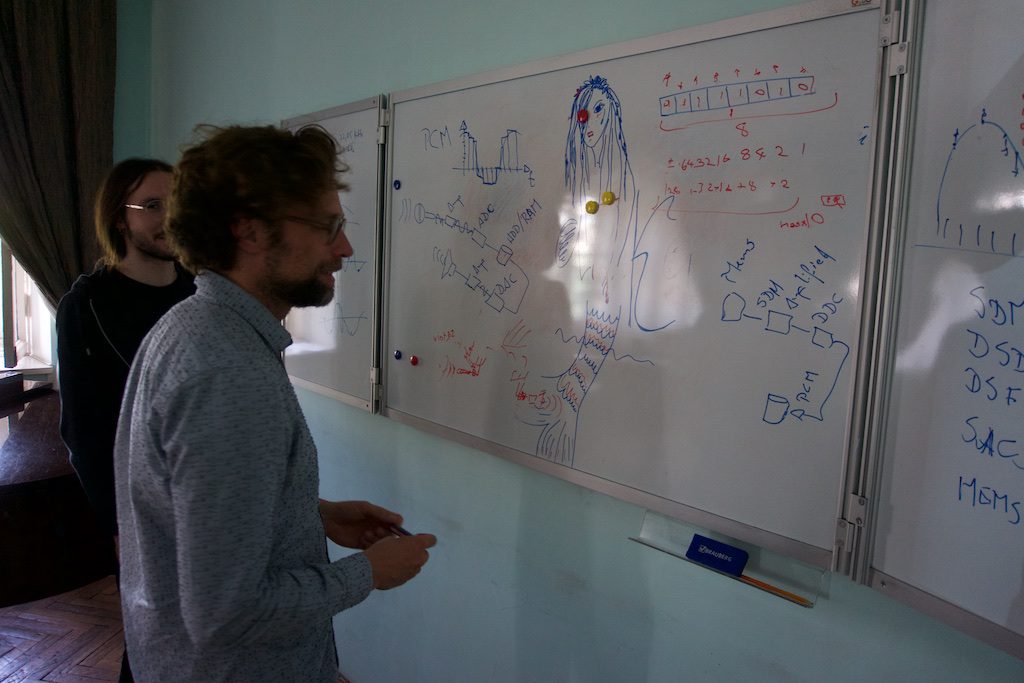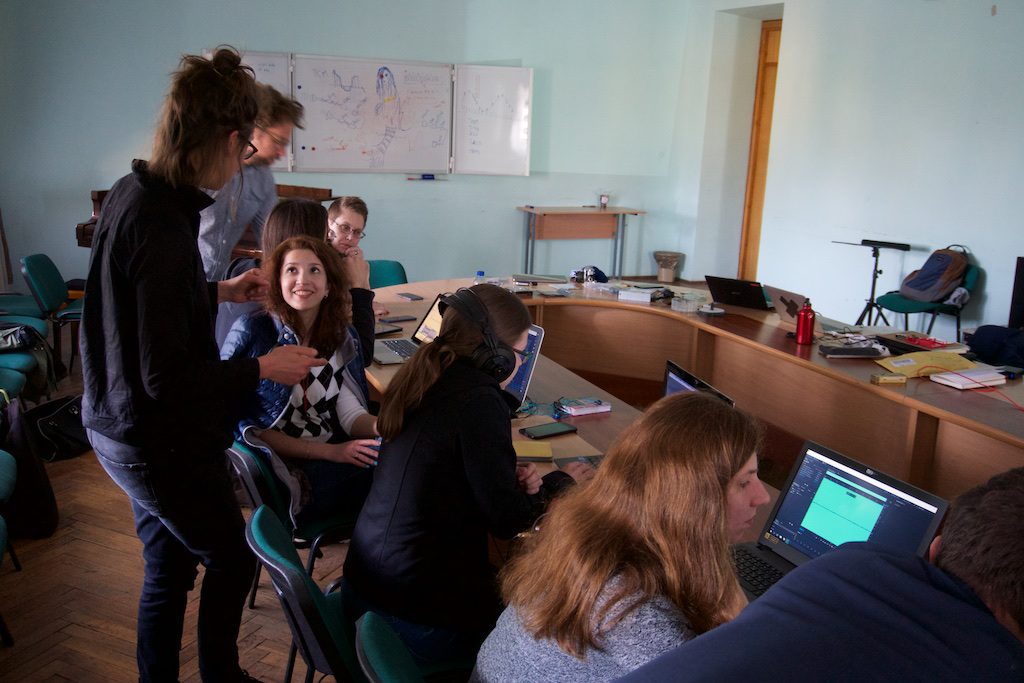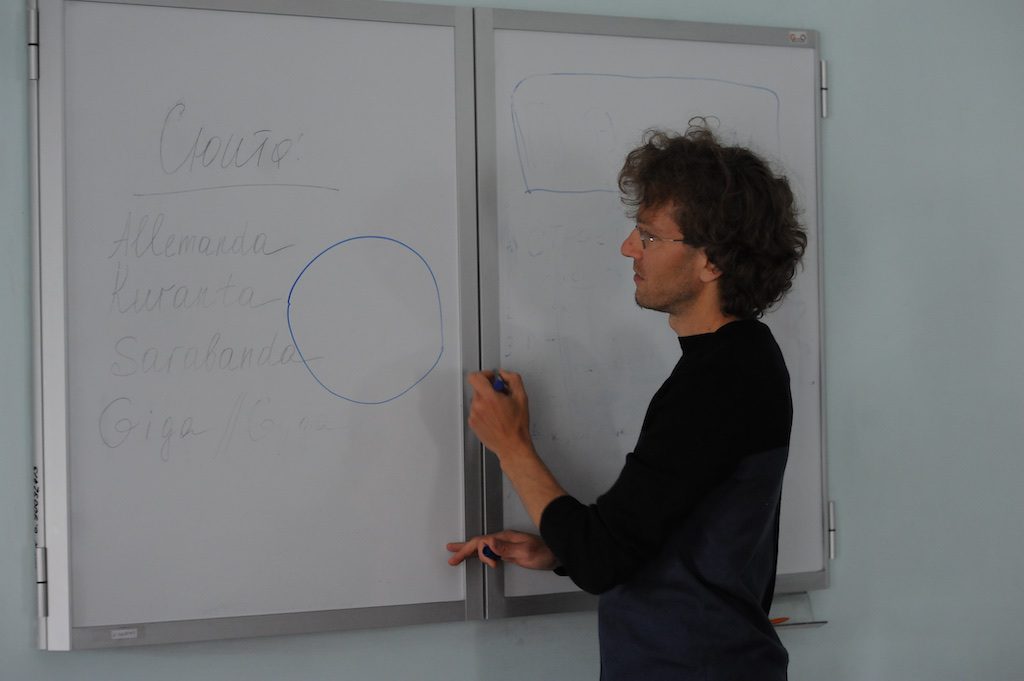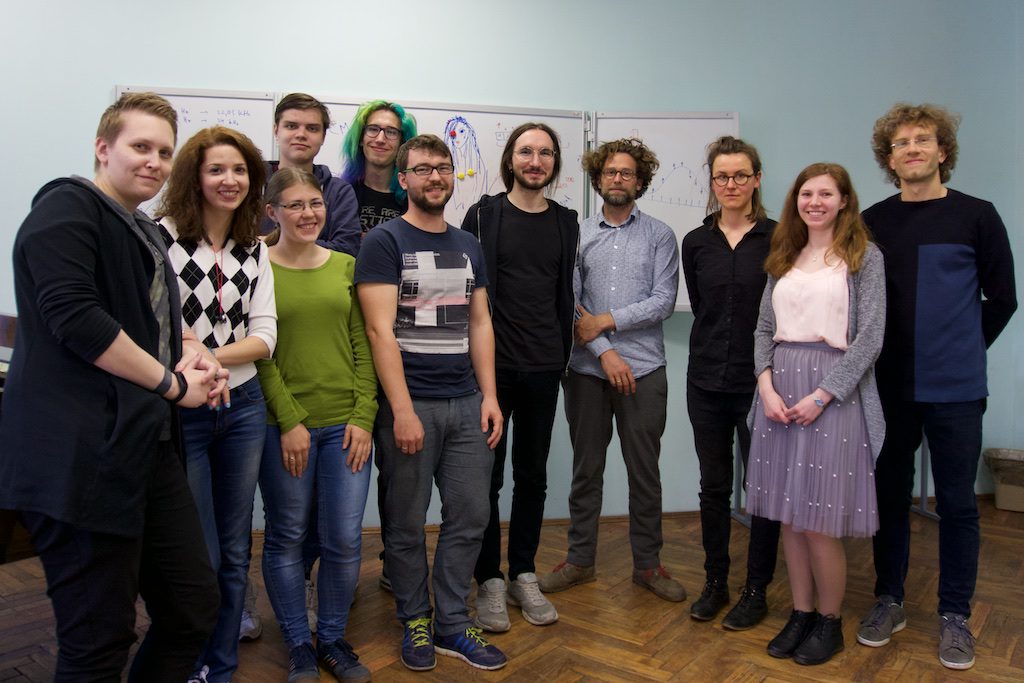Search Results for: almut schilling
Fragments of Rotting Sounds
This is the final chapter of Rotting Sounds, subject to inevitable erosion. Its paper is an amalgam of research data and material residuals.
Our book Fragments of Rotting Sounds appears in paper at Mark Pezinger Publishing (edition of 20) and also as a digital version (infinite edition) anchored at the Research Catalogue.
With texts by Burkhard Stangl, Thomas Grill, Till Bovermann and Almut Schilling.
Book design and production by Astrid Seme. Printing by Simsa.
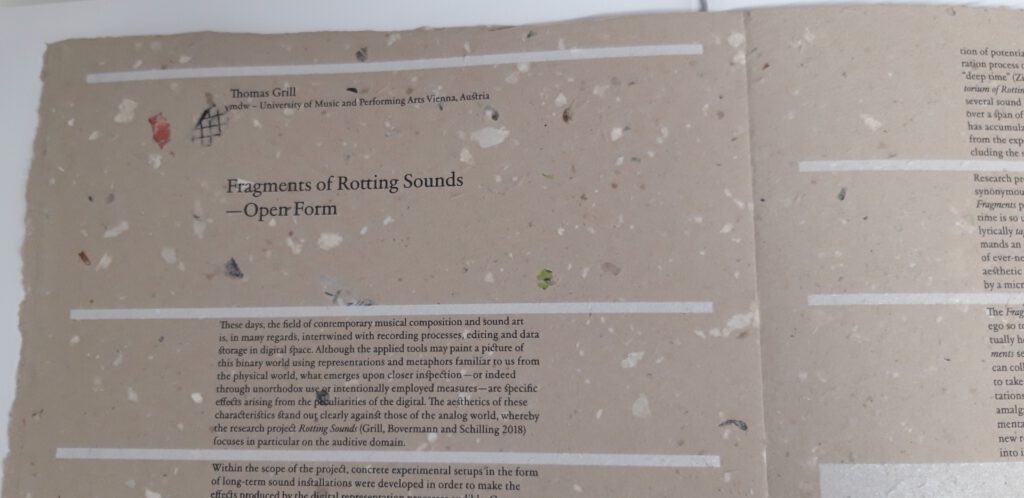
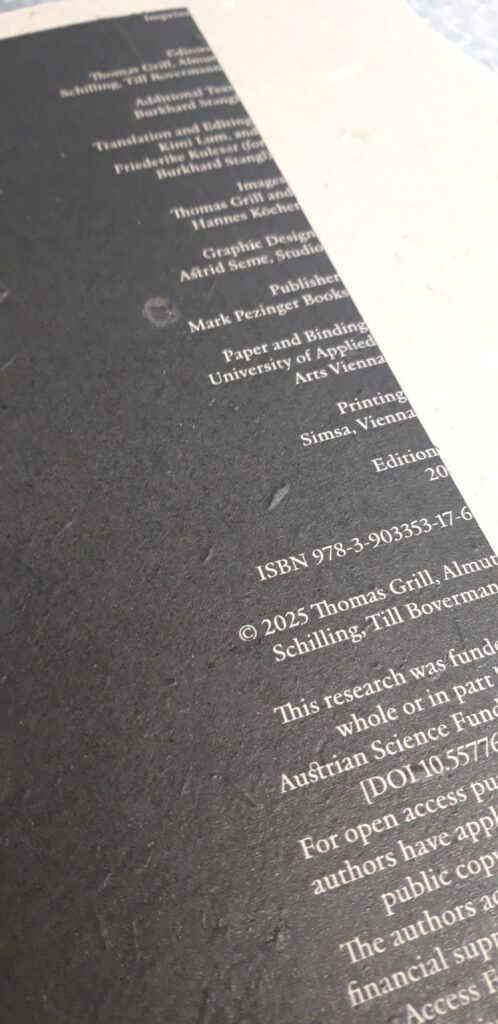
Article “Artistic Research Practice in Experimental Sound Art” in Zeitschrift der Gesellschaft für Musiktheorie 19/2
Bovermann, Till / Thomas Grill / Almut Schilling (2022), »Rotting Sounds. Artistic Research Practice in Experimental Sound Art«, Zeitschrift der Gesellschaft für Musiktheorie 19/2.
The majority of today’s media is produced in the digital domain. Although digital data are adorned by a myth of perfection, everyday experience does provide evidence for the existence of degradation and, ultimately, data loss in various forms. The multi-year artistic research project Rotting Sounds has investigated the causes, mechanisms, and effects of such deterioration, specifically in the context of digital audio. This report gives a condensed account of some of the theoretical foundations and methodical approaches chosen. The digital-analog interface, information encoding, as well as the deep time perspective are specifically highlighted. We present a number of artistic works that have been developed as experimental systems to co-generate questions and finally lead to various conclusions. These concern the controllability of such experiments and the interrelationships between (sound) information and its environment. The term of digital patina was introduced to characterize observed aesthetics in permanent transformation and to open up a new perspective on the existence of the digital in a material context.
https://doi.org/10.31751/1174
Research Day 2021, Academy of Fine Arts, November 11
Almut Schilling will hold a lecture at the Research Day 2021, titled “Auditorium of Rotting Sounds: Maintaining Digital Decay”
At the beginning of the artistic research project we manifested that data degrade inevitable and we do perceive decay as transformation. With the establishment of the Auditorium of Rotting Sounds an extraordinary space, dedicated to site specific artworks, was created, to let the sound objects rot.
But how to control the temporal transformation of digital data, which basically are inherent dynamic systems? How to classify determinants and the symptoms of decay and its effects? And how to understand and perceive those created aesthetics?
Considering the difference between things (physical entities defined by its material properties) and objects (conceptual entities generated and perceived by semantically thinking) it is fundamental to ensure a certain legibility within the flow of time, which means to prevent that those entities are drifting too far apart. Consequently the maintenance, the controlled ›aging‹, appeared to reflect the individual artwork conceptually and its growing patina.
11.11.2021, 10:00–17:45
Akademie der bildenden Künste Wien, Schillerplatz 3, 1010 Wien, Sitzungssaal
Rotting sounds symposium, September 23+24
Since 2018, the project of artistic research Rotting sounds – Embracing the temporal deterioration of digital audio has been researching transformation processes pertaining to the diverse interrelations of digitally encoded information in the audio domain, its material properties and (human) interpretation within a sociocultural context. This symposium provided a room for reflection on the acquired experiences in the course of the project, to bring in external viewpoints on the relevant topics and stimulate outlooks beyond the limits of current research.
Rotting sounds is a cooperation between the University of Music and Performing Arts Vienna, the University of Applied Arts Vienna and the Academy of Fine Arts Vienna and is funded by the Austria science fund (FWF project AR445).
mdw – University of Music and Performing Arts Vienna
Anton-von-Webern Platz 1
1030 Wien, Austria
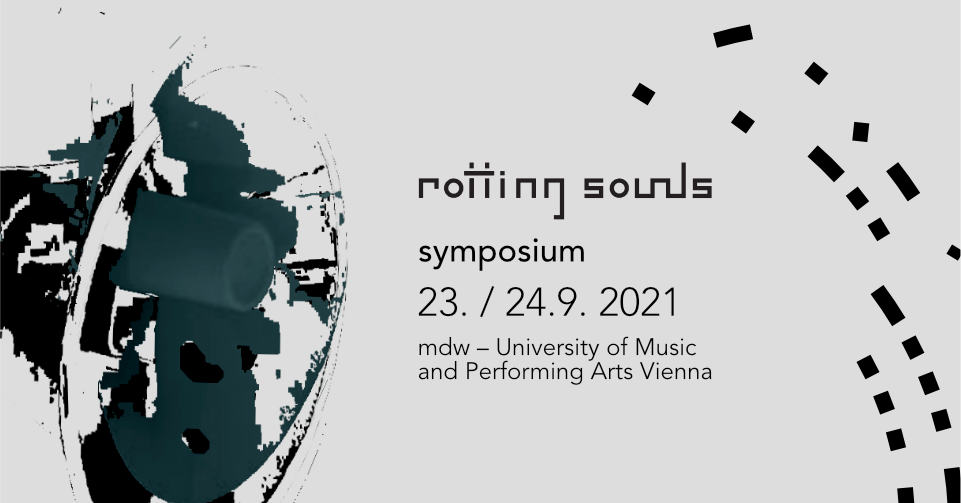
Thursday, September 23rd, 19:00-22:00
@ Klangtheater (Building V, Future Art Lab, mdw campus)
LIVE PERFORMANCES:
19:00 Till Bovermann, Dario Sanfilippo, Martin Howse, Kathrin Hunze
20:15 Castelló/Noetinger
21:00 Jasmine Guffond
Friday, September 24th, 10:00-18:00
@ Klangtheater (Building V, Future Art Lab, mdw campus)
KEYNOTES and TALKS:
10:00 Keynote by Martin Kunze
11:00 Introduction to the Rotting Sounds project by Thomas Grill, Almut Schilling and Till Bovermann
12:15 Presentation by Martin Howse
12:45 Presentation by Julian Rohrhuber (online)
13:15 — break —
14:15 Keynote by Carolin Bohlmann
15:15 Presentation by Jasmine Guffond
15:45 Presentation by Rosa Menkman (online)
16:30 Panel Discussion with Carolin Bohlmann, Angélica Castelló, Martin Howse, Martin Kunze and Almut Schilling
Friday, September 24th, 19:30-22:00
@ Klangtheater (Building V, Future Art Lab, mdw campus)
The Auditorium of Rotting Sounds can be visited through guided tours.
LIVE PERFORMANCES:
19:30 Mario de Vega
20:15 Tobias Leibetseder / Georg Zichy
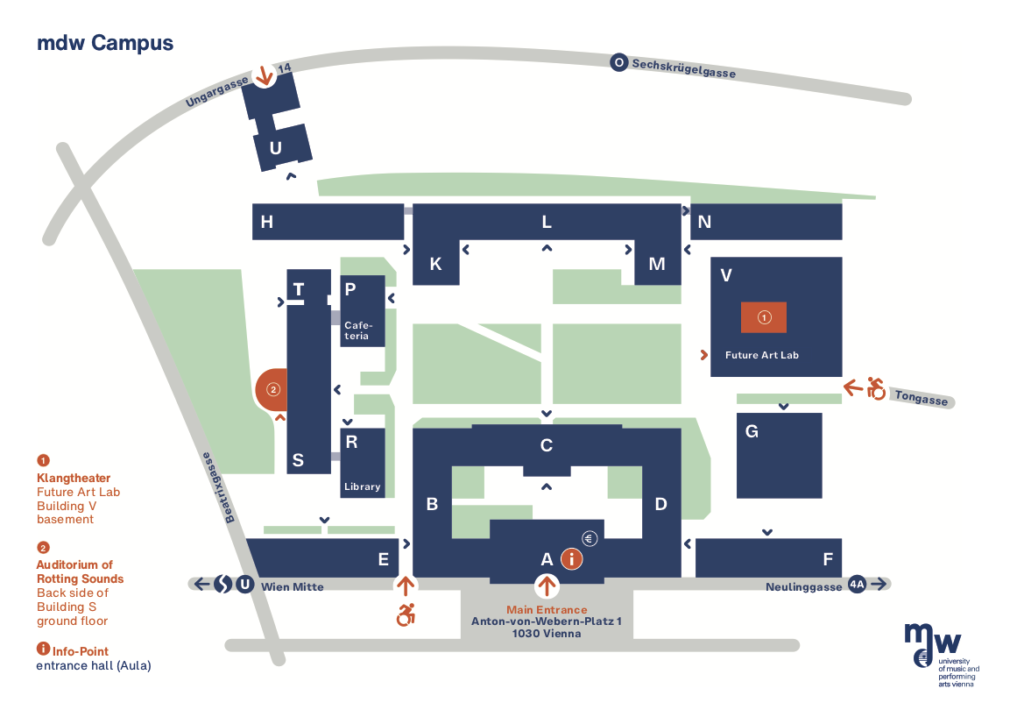
Partners:
FWF Der Wissenschaftsfonds
mdw – Universität für Musik und darstellende Kunst Wien
Universität für angewandte Kunst Wien
Akademie der bildenden Künste Wien
co-curated and produced by sound:frame

Presentation of the Digital Patina at lecture series Best Available Copy
6. May 2021:
In the context of the lecture series BEST AVAILABLE COPY – the preservation of time-based media art reflecting its technology at the Academy of Fine Arts at the Institute Conservation – Restoration Almut Schilling discussed the concept of the digital patina.
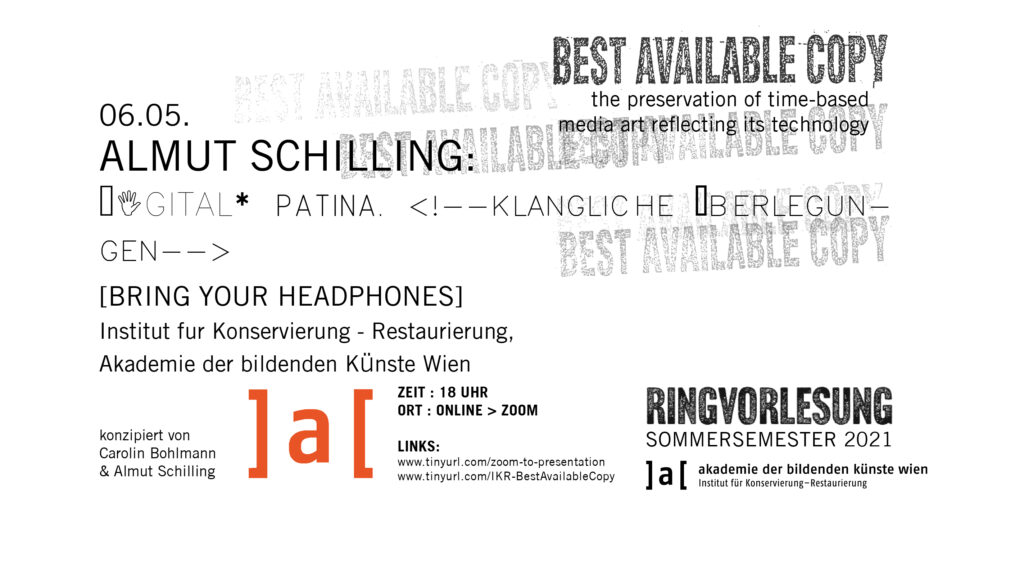
Digital Patina [a CARE-ful excavation]
Presentation for the 2021 SAR artistic research conference
“gestern-heute-morgen in der Konservierung” – Verrottende Klänge bei der Tagung des Österreichischen Restauratorenverbandes
At the annual conference of the austrian restorers association the rotting sounds were represented by Almut Schilling, discussing the <patina> as fundamental part of all preservation processes and opens valuable points of views to think about digital aesthetics of temporal deterioration.
6.-7.03.2020 Salzburg
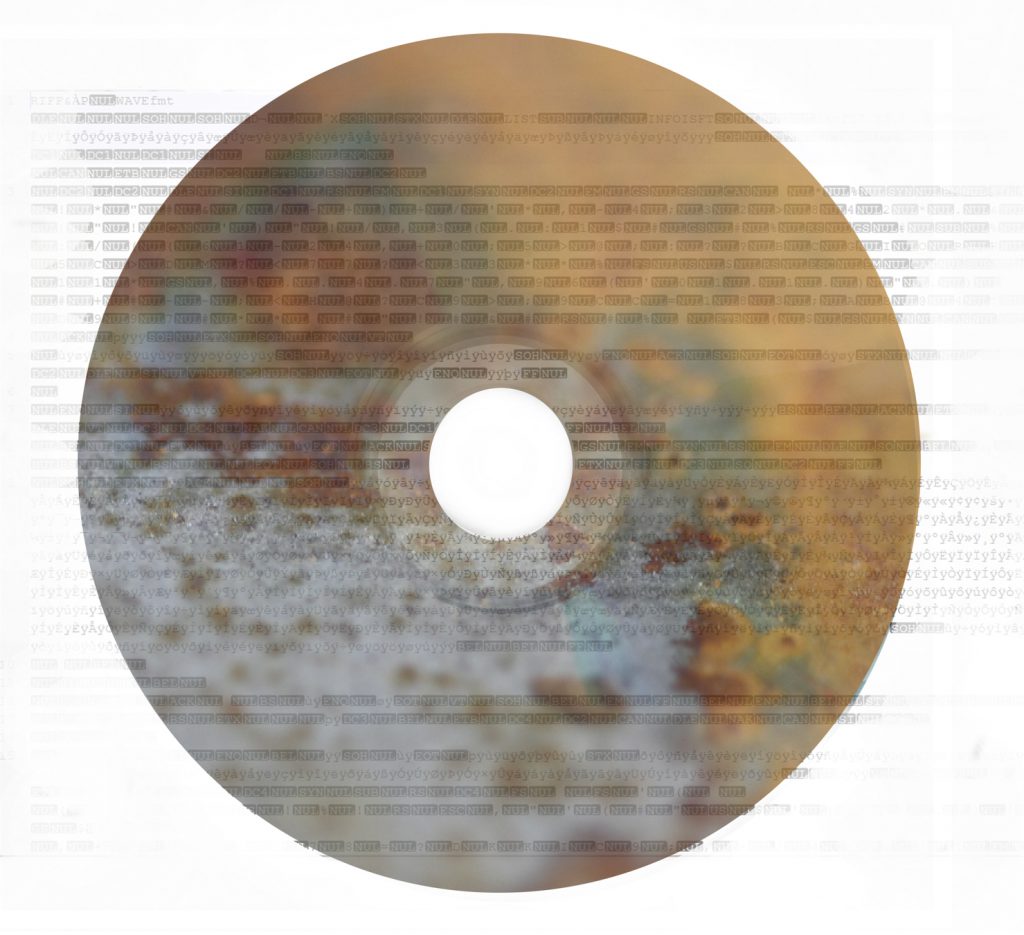
Art’s Birthday 2020, January 17, ORF Kunstradio
Rotting sounds (Thomas Grill, Almut Schilling, Tobias Leibetseder) take part in this year’s celebration of Art’s Birthday with a CD audio production line. We will live generate digital audio on compact discs by mechanical and chemical means, and finally subject them to a testing procedure.
Art’s Birthday 2020 – 1,000,057 Years of Art
In 1963 the French Fluxus artist, Robert Filliou, declared January 17 to be the 1,000,000th birthday of art which for some decades now has been celebrated worldwide. As in the previous years, in 2020 artists all over the world will organise a networked birthday party for art.
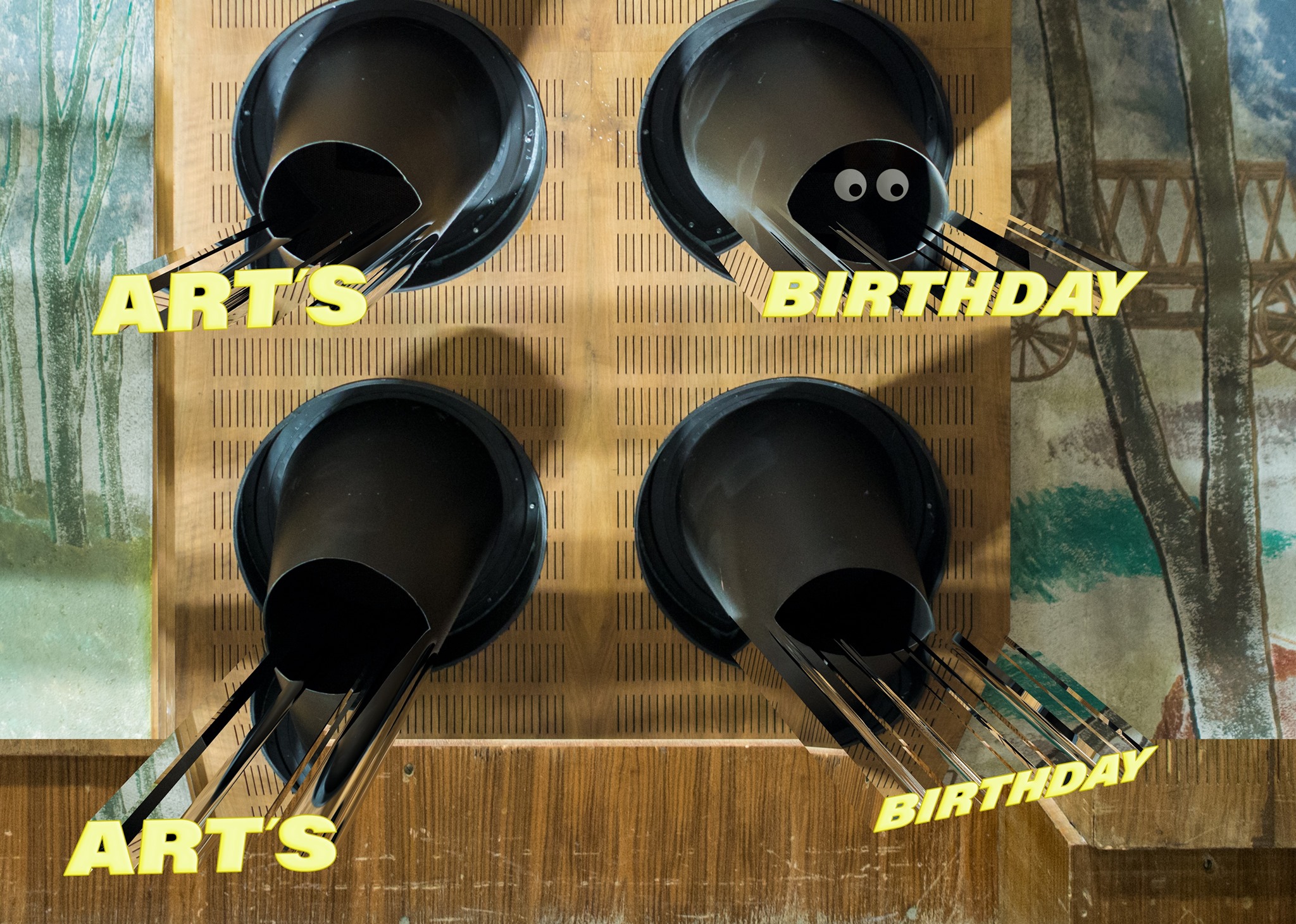
Performances and gifts by:
GOGO! von Michael Baumgartner mit Omid Darvish und Reza Tavakoli
Heavy Mental Superhereos (Runar Magnusson, Josef Trattner und Esther Vörösmarty)
Ars_Poetica (Magdalena Hahnkamper und Bernd Satzinger)
Heya Netzwerk (Nour Sokhon in Berlin, Jilliene Sellner in Wien, Yara Mekawei in Kairo und Zeynep Ayşe Hatipoğlu in Istanbul)
Instant Places (Laura Kavanaugh und Ian Birse)
Rotting Sounds
Milan Mijalkovic von Makedonien
Rdeča Raketa (Maja Osojnik und Matija Schellander) mit Patrick K.-H.
Rojin Sharafi
Susanne Schuda
Presentation: Frida Kahlo (Rosanna Ruo)
On site: 08pm – 11pm,
RadioKulturhaus Wien, Argentinierstrasse 30a, A-1040 Vienna.
On line: kunstradio.at, http://oe1.orf.at/konsole, artsbirthday.net, http://artsbirthday.ebu.ch
On air: Ö1 Radiokunst – Kunstradio live 10:08pm – 01.00am
European Researchers’ Night, September 27
We took part in this year’s European Researchers’ Night, showcasing a broad range of research projects at the University of Applied Arts Vienna.
From our ongoing research, we presented a couple of exemplary positions, such as Tobias Leibetseder’s “Fragments“, Almut Schilling’s and Till Bovermann’s “CD-R(ot)“, a part of Almut’s “The Carrier” installation, Till’s take on “Data Forensics”, as well as Thomas Grill’s “Mutual understanding” and “Reference Tone“.
Rotting sounds masterclass at Herzen University, St.Petersburg, May 23
The “rotting sounds” researchers Thomas Grill, Till Bovermann and Almut Schilling were invited to conduct a masterclass at the Institute of Music, Theater and Choreography of the Russian State Pedagogical University A.I. Herzen, above all with the students of Andrey Bundin.
After an introductory presentation on the concepts of the research projects, we worked with/on “digital artefacts” that each of the participants brought to the workshop. The focus was on the notion of the “digital trinity”, we have established, consisting of storage material, information content, and interpretation.
